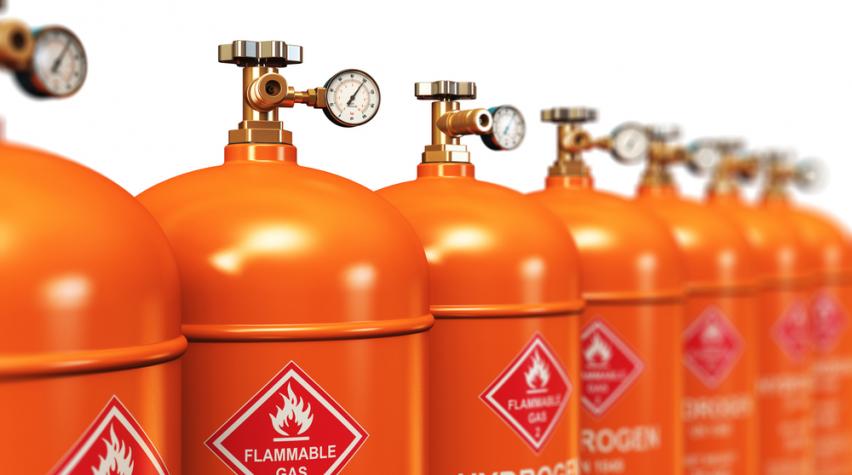
Newly produced ceramic membranes make it possible to produce compressed hydrogen from methane with near-zero energy loss. The discovery comes from researchers from the Institute of Chemical Technology (ITQ), Valencia's Polytechnic University (UPV) and the Superior Council of Scientific Investigations (CSIC).
The new technique relies on a gas separation membrane reactor that operates electronically and allows for the endothermic production of hydrogen. In one step, the highly efficient method uses electricity and methane to generate compressed hydrogen, while isolating the CO2.
Practical, and a good fit with renewable energy
The method allows for hydrogen production at high pressure in a distributed manner, making it possible for production to take place at a number of locations where hydrogen would be needed to fuel cars, such as at gas stations, in garages, in residential area, or at farms. In addition, the new technique also allows renewable energy to be stored as compressed hydrogen, so that it can be stockpiled during times of low demand and then put into use as fuel for vehicles as needed.
To learn more about this work, see the researchers' published findings in Nature Energy.


